| Published in Attractions / Places of Interest |
Vista Points on Douro Valley, Portugal
Those interested in enjoying the most beautiful landscapes of Douro Valley can’t miss the opportunity to visit the following viewpoints of the region, with fantastic views.
• Casal de Loivos: This is one of the landscapes that stand out in the Douro, having been considered as one of the most beautiful in the world. From this point you can see the Douro and Pinhão rivers as well as some of the most famous properties in the Douro. The vineyard is a constant throughout the landscape, being possible to differentiate several types of cultures used in the region.
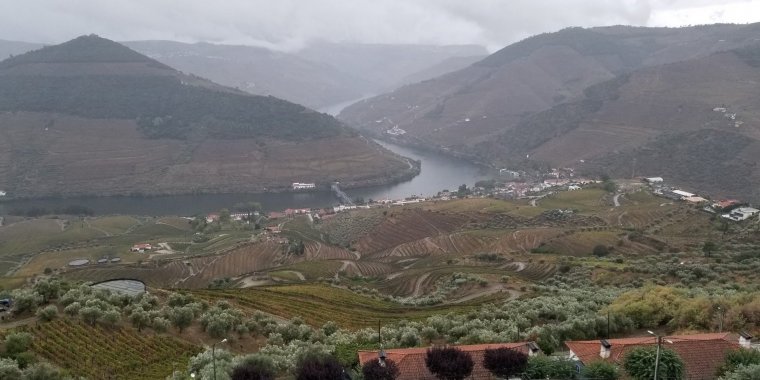
Casal de Loivos. Photo: D. Stefanita.
• São Leonardo de Galafura: S. Leonardo de Galafura refers to a stunning viewpoint located in the Douro Valley, Portugal. This site is renowned for its breathtaking panoramic views over the Douro River and the surrounding landscape. The viewpoint is named after São Leonardo1, and it sits atop a hill near the village of Galafura, at an altitude of 566 meters.
The viewpoint gained additional fame thanks to the Portuguese writer Miguel Torga, who wrote about the area's natural beauty in his work, describing it as an “excess of nature” and a “geological poem.”
The landscape deeply inspired him, and his poetic descriptions of the Douro region have become part of its cultural significance. The area also features a chapel, picnic areas, and walking trails, making it a popular destination for visitors.
Historically, the site also holds Roman ties, with evidence of Roman settlements found in the vicinity, such as Roman graves and artifacts.
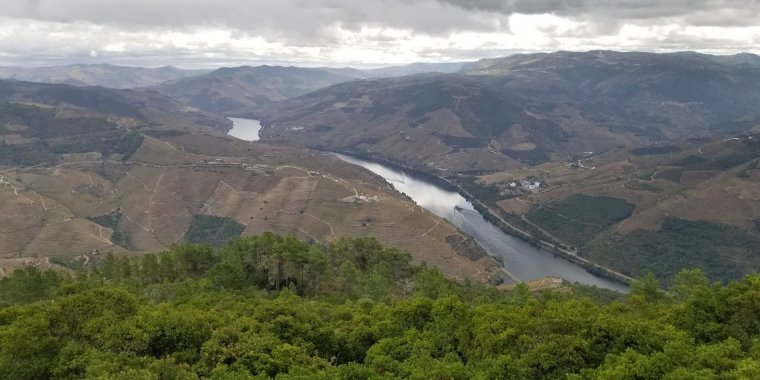
São Leonardo de Galafura. Photo: D. Stefanita.
• Miradouro do Ujo: A viewpoint that gains grandecy in an iron structure, signed by architect Henrique Pinto and Engineer Filipe Calisto, and that allows you to have a stunning perspective of the valley.
Located between the Tua River and the top of the mountains, in the Douro area. By the means, pure nature, full of micro reserves of flora and great diversity of fauna.
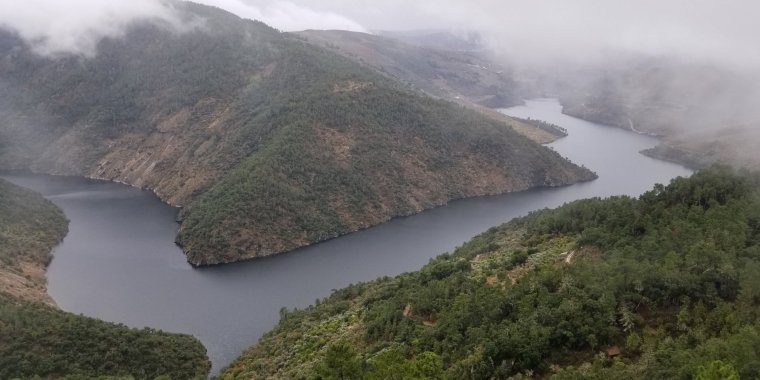
Miradouro do Ujo. Photo: D. Stefanita.
• Miradouro Olhos do Tua: On the northeast edge of the village of Castanheiro do Norte provides an excellent panoramic view over a wide section of the Tua river valley. The structure of the viewpoint, designed by sculptor Paulo Moura, represents the keel of a boat in an allusion to the recent navigability of this river course.
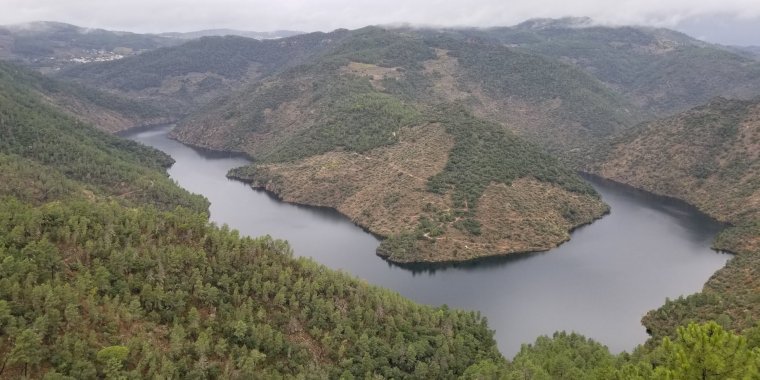
Miradouro Olhos do Tua. Photo: D. Stefanita.
•São Salvador do Mundo: Considered the largest sanctuary of the Alto Douro Vinhateiro, the viewpoint and sanctuary of São Salvador do Mundo are located on the left bank of the Douro River.
The Sanctuary consists of a set of chapels, dating back to the 16th century. The various archaeological remains that are on the site bear witness to the existence of human occupation at least since the pre-Roman period.
Tourist attractions include a wine museum in Pesqueira and a network of waymarked hiking trails, including a section of the GR 14 Porto to Strasbourg Rota dos Vinhos da Europa (European Wine Route trail).
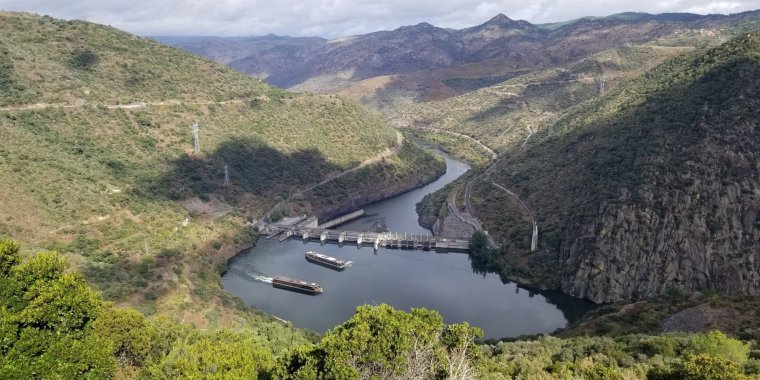
São João da Pesqueira. Photo: D. Stefanita.
Sources
• https://sinalaberto.pt/
• https://www.roteirododouro.com/
• https://en.wikipedia.org/
Footnotes
1. São Leonardo, also known as Saint Leonard of Noblac, was a 6th-century French saint revered particularly in France and parts of Europe. He was a Frankish nobleman who lived during the reign of Clovis I.
After converting to Christianity under the influence of Saint Remigius, Leonard chose a life of religious devotion and withdrew to live as a hermit near Limoges, France.
Saint Leonard is best known as the patron saint of prisoners and captives.
According to legend, he gained this status because of his ability to intercede for prisoners and secure their release. He was also said to have founded a monastery at Noblac, which became a center of pilgrimage, particularly for former prisoners seeking to give thanks for their freedom.
His feast day is celebrated on November 6, and he is often depicted holding chains or manacles, symbolizing his role in liberating captives. His legacy spread throughout Europe, and various churches and towns, including the São Leonardo de Galafura viewpoint in Portugal, bear his name
YOU MAY ALSO LIKE
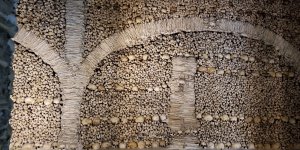
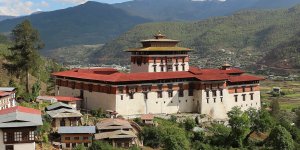
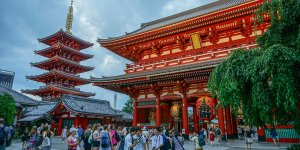
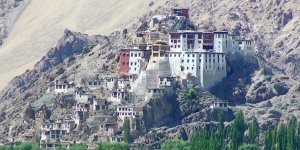
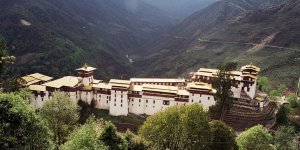

 If you own or manage a travel-related business such as a hotel, a bed-and-breakfast, a restaurant, a pub or a cafeteria, you can create a web page for your business for free on Titi Tudorancea Travel Info. » |